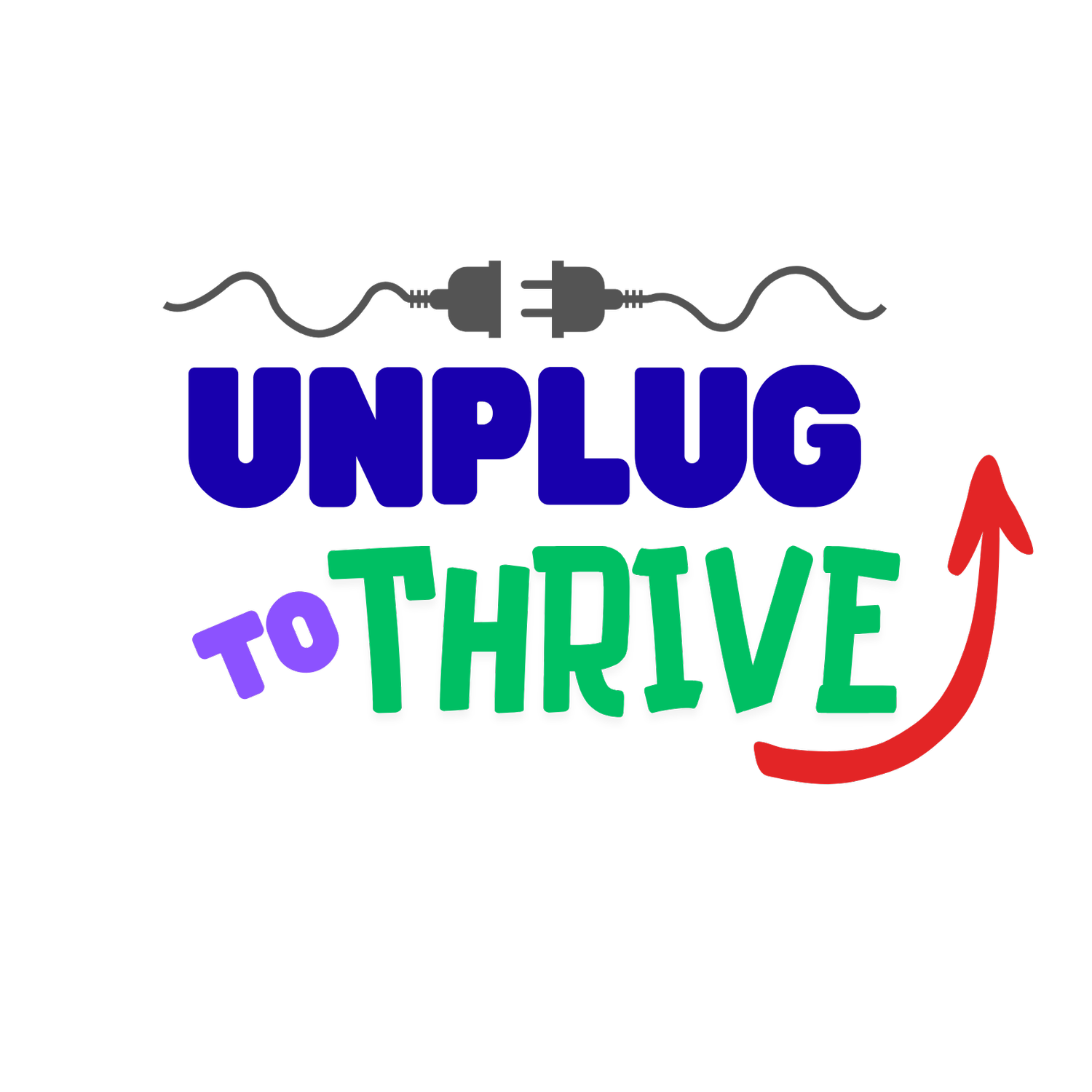Let’s examine the scroll effect
Excessive screen time can have damaging effects on children including physical, mental, and behavioral health issues.
Physical
poor posture,
eye strain
headaches
neck and back pain
Mental Health
Increased risk of anxiety and depression
Behavioral Health
Lack of social skills
Poor communication skills
Less likely to participate in physical activities
The study revealed that the more children engaged with electronic screens, the more likely they were to develop socioemotional problems. This included both internalizing problems, such as anxiety and depression, and externalizing problems, such as aggression and hyperactivity.
-American Psychological Association
The average screen time of children has steadily gone up. The average teenager now spends over 7 hours a day on their screen, that equates to about 43% of a teen’s waking hours. (Exploding Topics)
TV/Videos are the leading activity among teens with gaming and social media coming in second and a close third. Social media and more specifically TikTok and other short form media is on the rise. Teens are consuming short form content at an alarming rate. The rise of short form content is due to several key factors including instant gratification of not having to wait for the ending and algorithm-driven personalization where what they want to watch continues to be shown to them holding their attention.
Sherry Turkle explains how to make more meaningful human connections and how to embrace -- not fear -- the risks and rewards of true companionship and intimacy. Video rights belong to Huff Post




